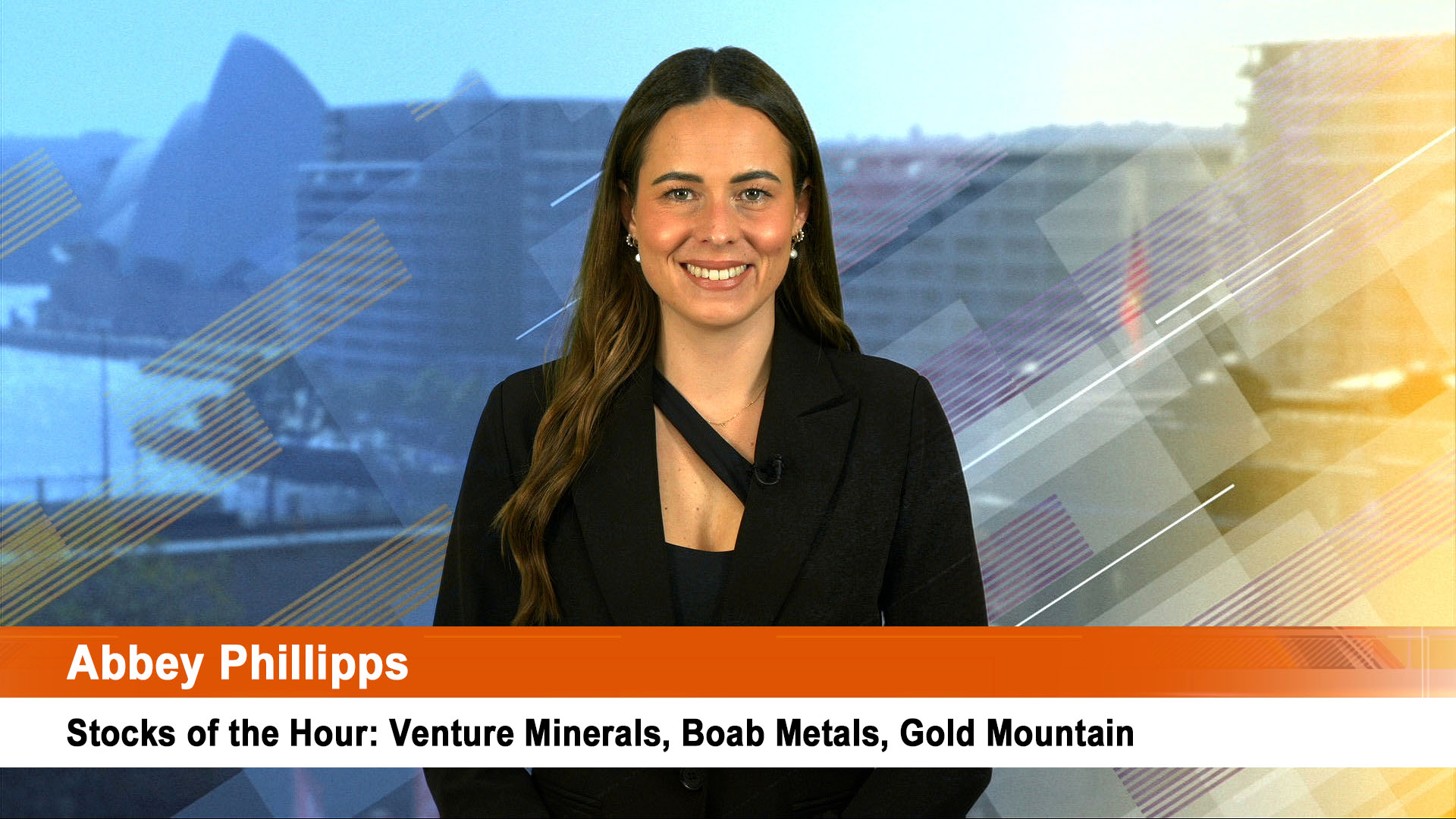Steel production, along with iron ore imports are two closely watched statistics from China in Australia, and both were stronger than expected last month.
Trade and inflation data – along with manufacturing activity were solid in April, but the monthly investment and retail sales figures from China told a different story while industrial production was stronger than expected.
And even though investment and retail sales were weaker than expected, and the real estate sector dragged the chain, last month was probably on balance, a stronger month than weak March for the Chinese economy.
For Australia, Reserve Bank Governor Phil Lowe is due to make a major speech next week on the central bank’s view of the Chine economy.
Industrial output was a bright spot, rising 7% in April, according to the National Bureau of Statistics and topped market forecasts for a rise of 6.3% and strongly ahead of a seven-month low of 6.0% in March.
Chinese crude steel production hit an all time high in April of 76.7 million tonnes, taking analysts by surprise.That was up 3.7% from March and 4.8% from April 2017.
But it was also above the previous monthly peak of 74.594 million tonnes hit in August of last year and to analysts it was something of a shock given the slowdown in the real estate sector.
82.92 million tonnes of iron ore were imported in April, up a touch from 82.23 million tonnes in April last year, but down from 85.79 million tonnes in March. April’s figre was more than expected.
On top of this, the National Australia Bank reported last night that production of other products was stronger than expected. For example:
"Cement production increased (following on from a steep decline in March) – up by 3.2% yoy. Electricity output rose by 6.9% yoy (from a weak increase in March that pushed down the three month moving increase), motor vehicle production by 10.8% yoy and production of consumer electronics (including computers, phones and tablets) rose by 12.4% yoy.”
The Statistics Bureau noted that the production of new energy vehicles (electric vehicles), integrated circuits and industrial robots grew by 82%, 14.3% and 35.4%, respectively – three industries key industries which have attracted the notice of the Trump administration.
Investment and retail sales in April were weaker than forecast as was a drop in home sales. Retail sales were up an annual 9.4% in April, missing a 10% forecast from Reuters and down 0.7 percentage points from March
Real estate investment rose 10.2% in April on-year, slowing from the 10.8% rise in March. Property sales by floor area fell 4.1% in April compared with a 3.2% rise in March.
For the first four months of the year, sales grew just 1.3% on-year, down from 3.6% in the first quarter and a clear sign of the sharp slowdown.
Reuters pointed out that China’s central bank last month unexpectedly cut reserve requirement ratios (RRR) for most banks hours after the soft data for March was released, a move that was earlier and more aggressive than expected.
So now that there is another month of soft data (apart from industrial output), will the central bank follow up with another dramatic move, such as a general rate cut??
Later on Wednesday real estate prices which will tell us how sale prices went in April.













